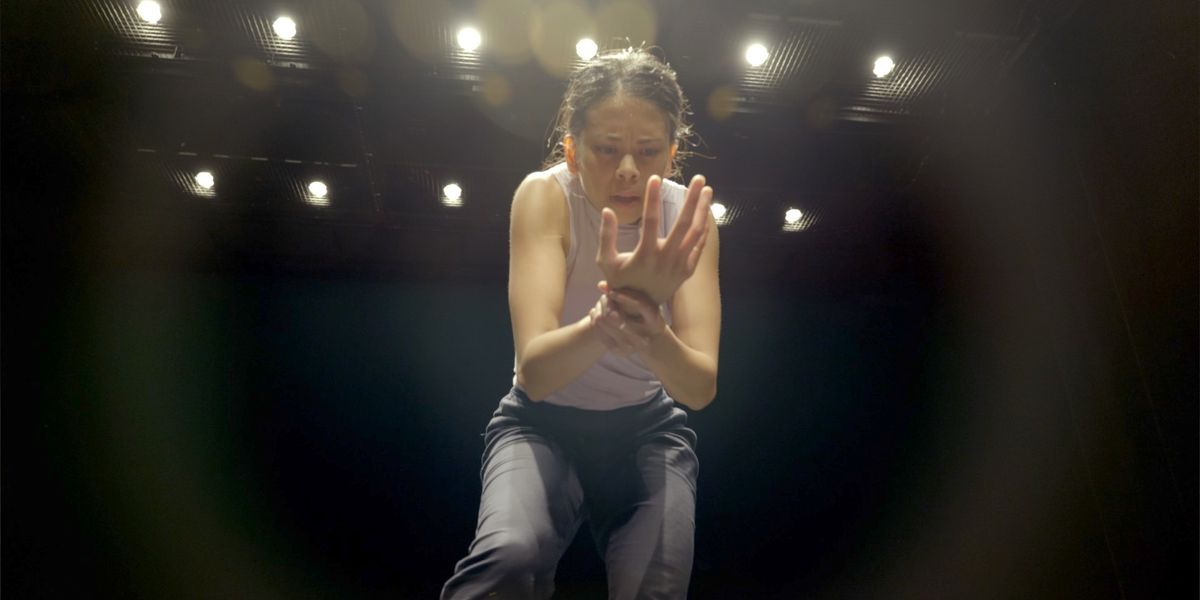2020–21 Season Preview: The In-the-Works Shows We're Looking Forward to Most
With how rapidly the performance landscape has shifted—and continues to shift—as the world grapples with COVID-19, looking ahead can feel fraught. Many artists, organizations and presenters remain in holding patterns. Nevertheless, we wanted to celebrate the projects that have been announced that excite us, even if their details (in particular, their planned performance dates) are even more subject to change than ever before. These in-the-works shows are what we’re looking forward to whenever and however we can congregate to watch dance again.
Praetorius, a Princess and a Pea

Nadia Nabil’s designs for The Princess and the Pea
Nadia Nabil, Courtesy Praetorius
Just 24, Royal Danish Ballet soloist Tobias Praetorius is not only an accomplished technician, but already a dramatic presence onstage, with a natural talent for mime. (He was featured this year as one of our “25 to Watch.”) And now he’s increasingly in demand as a choreographer, as well. For the fall, he has been tapped by the Royal Danish Theatre to create a new ballet for children inspired by the Hans Christian Andersen tale “The Princess and the Pea.” It’s part of an initiative called “Pixi” events, meant to attract kids to the performing arts. Praetorius plans to work with three well-known character dancers associated with the company—Mads Blangstrup, Femke Mølbach Slot and Morten Eggert—capitalizing on their mastery of the distinctly Danish tradition of danced storytelling and naturalistic mime. The score uses excerpts from various well-known Tchaikovsky works, and the whimsical designs, by Nadia Nabil, are inspired by the French Rococo (think Marie Antoinette). The new ballet is scheduled to premiere on Sept. 10, at the smaller black-box theater in the Royal Danish Opera House, after which it will tour around Denmark. kglteater.dk. —Marina Harss
Building Bridges
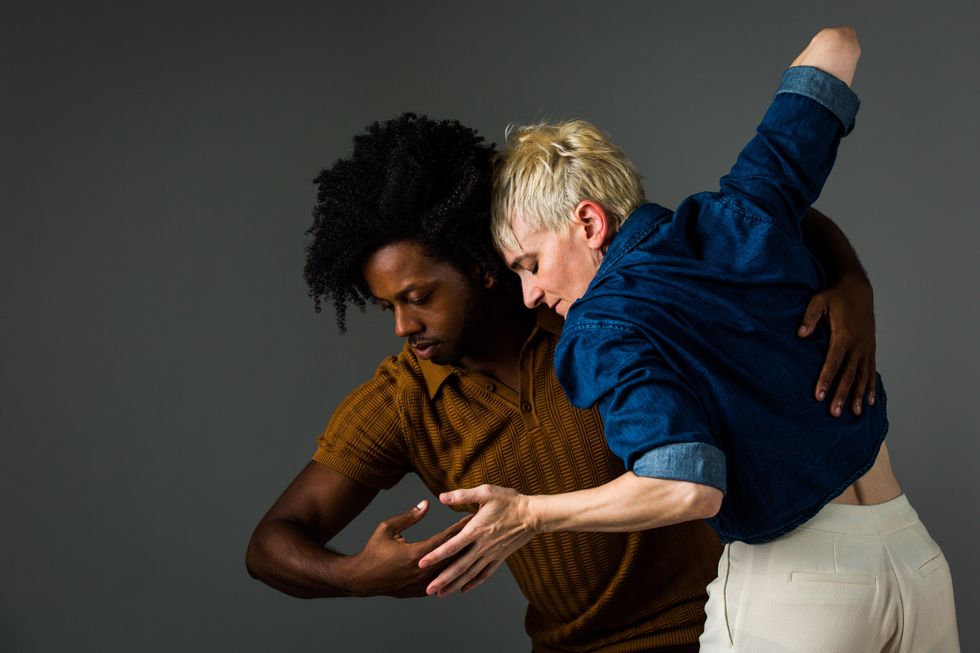
Scott Shaw, Courtesy John Hill PR
As the global fight for equity and equality forges on, the theme of Hope Mohr Dance’s 10th annual Bridge Project is uncannily timely. Titled Power Shift: Improvisation, Activism and Community, it offers 14 sessions of activist training, movement workshops and performances around anti-racism, gender equity and queer, indigenous, Latinx, Asian and African dance voices. Sessions include improvisation with Kiandanda Dance Theater director Byb Chanel Bibene, aesthetic inquiry with MacArthur fellow Liz Lerman and Bessie Award–winning performer Paloma McGregor, a story-building workshop for refugee artists with Mohr and visual artist Ranu Mukherjee, and performance by former Sasha Waltz & Guests dancer Judith Sánchez Ruíz. If social-distancing rules allow, the events will take place at various venues, including the Center for Empowering Refugees in Oakland and Joe Goode Annex in San Francisco; otherwise, they’ll move online. Sept. 13–Nov. 22. bridgeproject.art. —Claudia Bauer
Whim W’Him on the Web
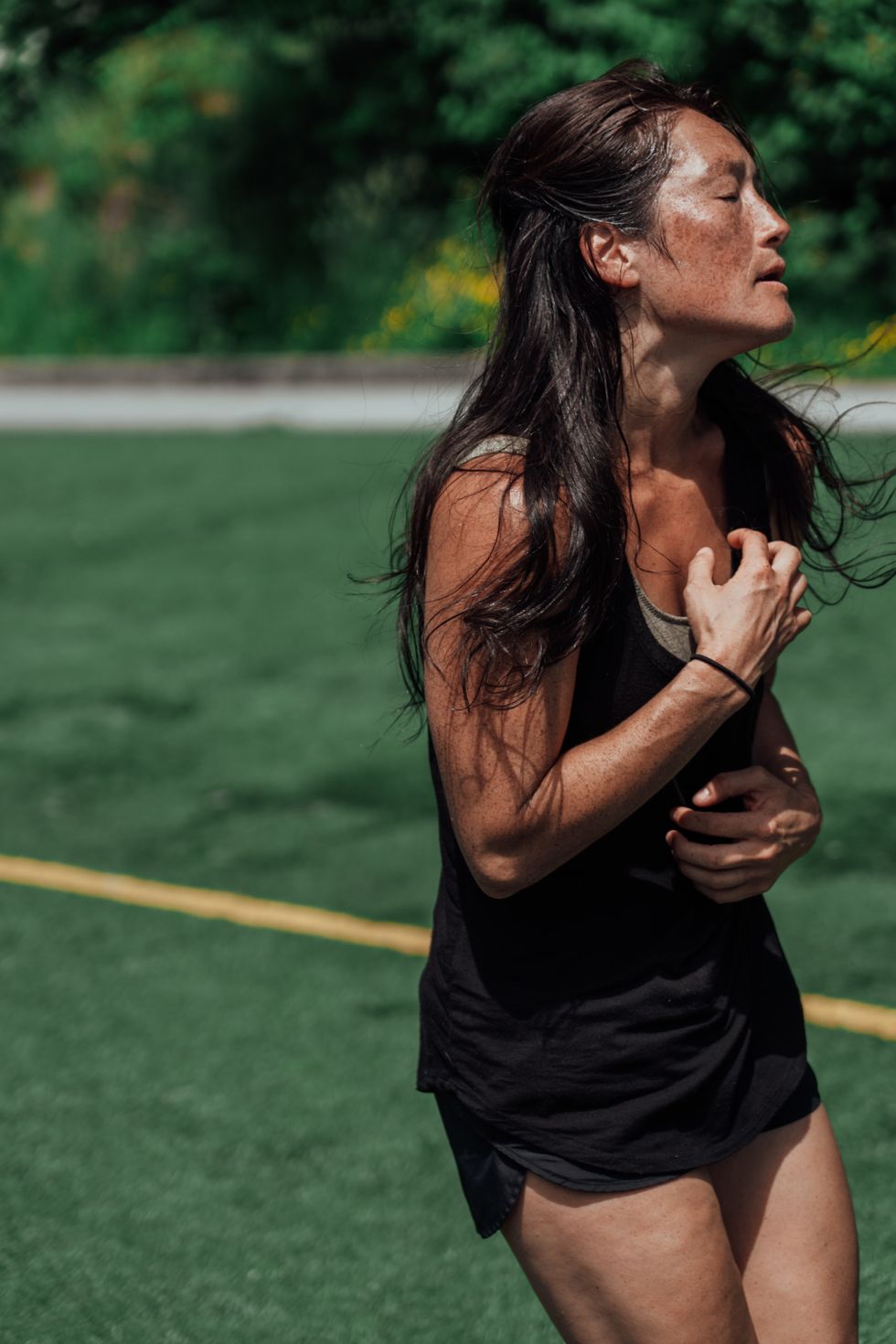
Whim W’Him’s Mia Monteabaro in rehearsal for Penny Saunders and Olivier Wevers’ shared program, XALT
Stefano Altamura, Courtesy Whim W’Him
Rather than wait to find out if a live performance season would be possible, Whim W’Him instead planned for an all-digital season. IN-with-WHIM features new dance films and music alongside interviews with dancers and choreographers. A film version of artistic director Olivier Wevers’ This Is Not The Little Prince, based on the 2019 full-length, adds emphasis to the ballet’s battles with responsibility and escape. But brand-new works created for digital consumption are on tap as well. Annabelle Lopez Ochoa offers surrealistic vignettes heavy on post-production effects. The characters in Madison Olandt and Mike Tyus’ “Elsewhere” use music to distract from media onslaught in a fearful world. Joseph Hernandez choreographs a bold work inspired by aesthete Aubrey Beardsley’s burgeoning Victorian-era queer avant-garde. New pieces from Robyn Mineko Williams, Penny Saunders and Wevers complete the lineup. Capturing it all is dancer-turned-photographer-and-filmmaker Quinn Wharton, juxtaposing odd locations with time distortions to unsettling effect. IN-with-WHIM launched this summer, with notable premieres continuing through May. whimwhim.org. —Gigi Berardi
A Powerful Platform
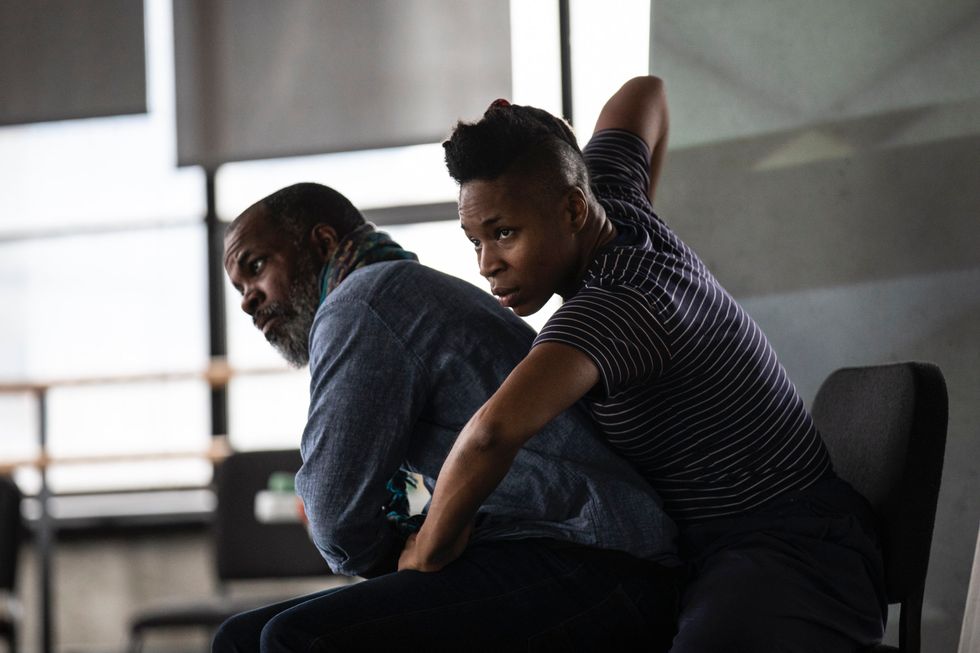
Maria Baranova, Courtesy Forté-Saunders
Choreographer Marjani Forté-Saunders and composer Everett Saunders have long produced brilliant, challenging, community-engaged art. Now, from within a difficult moment, they’ve capaciously redefined their artistic endeavors to enable the insurgent trailblazes of others. In 2018, the two artists created an incubator dedicated to Black wellness and innovation titled Art & Power. Its current aim is to support artists’ radical experiments in art, philosophy, spirituality and culture, and work across different practices to imagine other models of creativity for the COVID era. The recently started pilot initiative of the platform is a series of dance, music, film and writing investigations in the form of Satellite Residencies, so called because for the moment-, many people are stuck at home. First up: development of the couple’s own multiyear project, The Prophet’s Tale. 7nms.com. —Sydney Skybetter
West Side Redux

Ariana DeBose as Anita and David Alvarez as Bernardo in West Side Story
Niko Tavernise, Courtesy Twentieth Century Fox
Why do we keep coming back to West Side Story? The show remains irresistible to both artists and audiences, even though strong arguments have been made for abandoning it entirely. Its stereotyping of Puerto Rican culture, which none of its white creators were familiar with, is impossible to “work around.” An ambitious but muddled revival on Broadway earlier this year faltered in its attempts to address that problem—or to replace the images in our collective brain of Jerome Robbins’ original choreography.
Steven Spielberg’s film adaptation, set to come out Dec. 18, faces the same hurdles. But hope glimmers. Maybe the astonishingly talented, mindfully cast performers (all the actors playing Latinx roles have Latinx backgrounds) will bring new authenticity to the storytelling. Maybe playwright Tony Kushner’s script will find a way through the cultural complexities. Maybe choreographer Justin Peck, an heir to Robbins’ legacy with a thoroughly 21st-century mind, will push past the iconography. Maybe the brilliant Rita Moreno—the 1961 film version’s Anita, now playing a reimagined Doc—will save us all. Could be. Who knows. amblin.com. —Margaret Fuhrer
Mining the American Canon

The Joffrey Ballet in rehearsal for Cathy Marston’s Jane Eyre
Cheryl Mann, Courtesy The Joffrey Ballet
British choreographer Cathy Marston will premiere her first original work for The Joffrey Ballet this winter. Her Jane Eyre—created for Northern Ballet and premiered in the U.S. at American Ballet Theatre—found particular success with the Chicago-based company last fall. Marston now looks to the American literary canon, creating a one-act ballet from John Steinbeck‘s Of Mice and Men. The 1937 novella was greeted with equal doses of praise and admonishment when it was published; it’s a tangled mess of complex concepts, weaving cognitive disability, sexual misconduct, class, power and euthanasia into a narrative about two drifters who dream of a place of their own. With Marston’s storytelling talent, Joffrey’s deep bench of theatrical dancers and an original score by Thomas Newman (the genius composer of The Shawshank Redemption and American Beauty, among others), Of Mice and Men seems to be the most promising offering of the company’s first season at the Lyric Opera House. A bonus: It premieres alongside the company debut of Balanchine‘s Serenade. Feb. 17–28. joffrey.org. —Lauren Warnecke
Update:
Due to the ongoing COVID-19 pandemic, the Joffrey has canceled the remainder of its planned performances for the 2020–21 season, including the premiere of Of Mice and Men.
Getting Back to Broadway
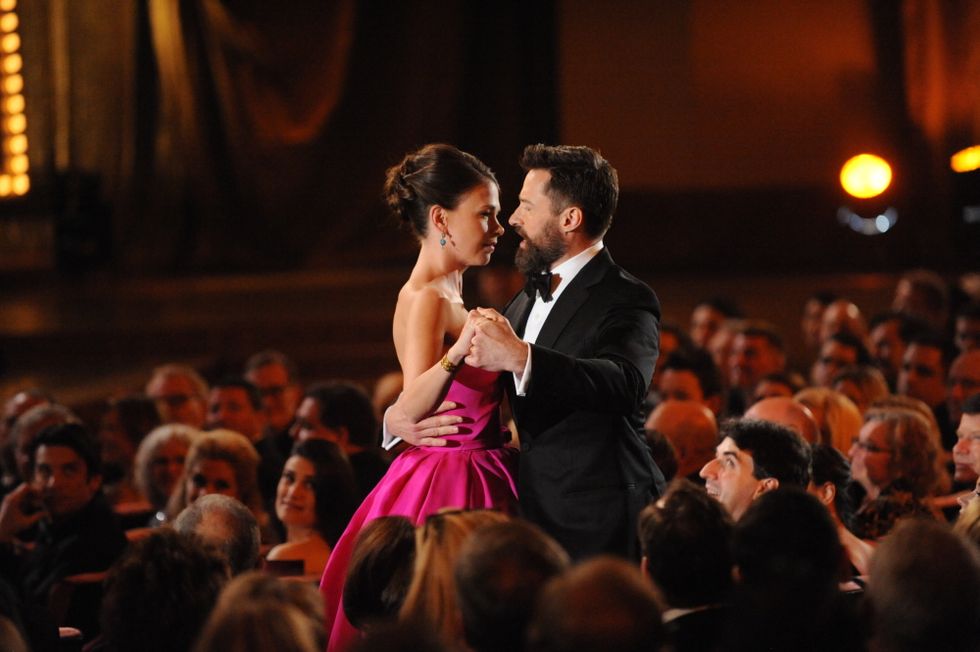
Heather Wines/CBS, Courtesy DKC/O&M
If anyone could conjure up a Broadway musical when there are no Broadway musicals, it would be Professor Harold Hill, the exuberant bamboozler at the heart of The Music Man. And who better to embody River City’s greatest showman than the sensational Hugh Jackman, who hasn’t been in a full-scale musical on the Great White Way since his Tony-winning romp as The Boy From Oz in 2003? This revival of Meredith Willson’s 1957 Tony winner also boasts Sutton Foster as Marian the Librarian—and with two stellar dancers leading the cast, director Jerry Zaks is bound to leave lots of room for choreographer Warren Carlyle to strut his stuff. The show was a feel-good nostalgia trip even half a century ago, and could be just what Broadway needs after lockdown. Previews are slated to begin April 7 at the Winter Garden Theatre, with opening night set for May 20. musicmanonbroadway.com.
—Sylviane Gold
Theatrics in Thebes

Lynn Lane, Courtesy Georgiou
Imagine a love child of Pina Bausch and Fellini, with commedia dell’arte theatrics and punchy visuals. Think circus, but hold the tricks and up the bizarre charm. That’s the feel of Dallas dance-theater maverick Danielle Georgiou’s work. For her upcoming project, the first-generation Cypriot American returns to her roots with an adaptation of Aeschylus’ Seven Against Thebes, the last in his Oedipus trilogy. Georgiou has been obsessed with this rarely produced play since she saw it in an ancient amphitheater in Cyprus when she was 17. But in this retelling, Georgiou and her company, Georgiou Dance Group, ask, “What would change if we listened to women?,” focusing on the perspectives of Antigone and Ismene, sisters to the warring brothers who die by each other’s hands at the end of the play. The premiere is planned for the spring, dates to be announced. dgdgdancegroup.com.
—Nancy Wozny
The Ones We’ve Been Waiting For
Shows that were called off because of the pandemic are getting second chances.
CorningWorks’
THE TIPPING POINT
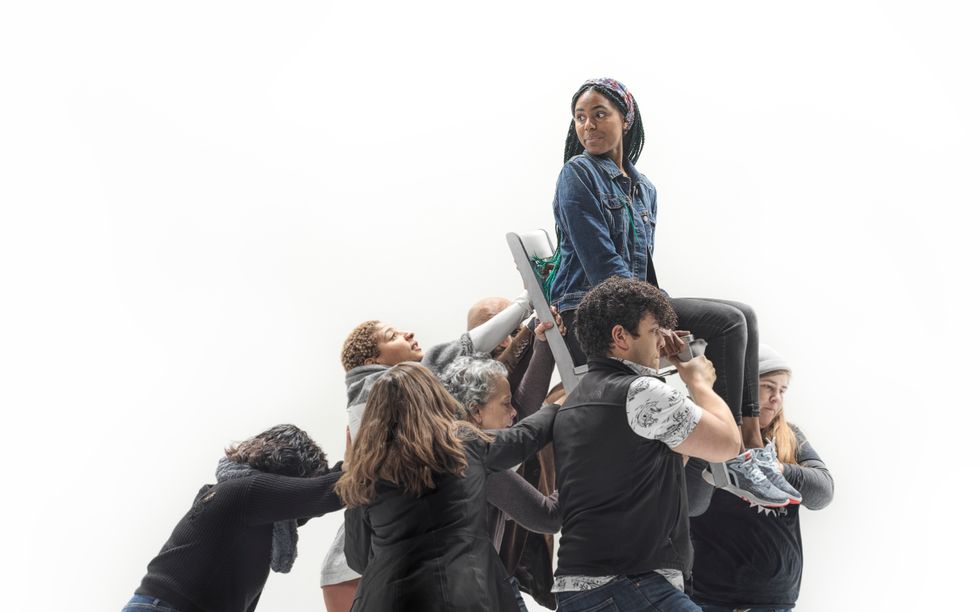
The cast of THE TIPPING POINT
Frank Walsh, Courtesy CorningWorks
CorningWorks partners with Doctors Without Borders/Médecins Sans Frontières to drive home the U.S.’s place in the global refugee crisis in THE TIPPING POINT. The work, originally set for last March, has since been retooled and recontextualized in response to the pandemic, and features a multigenerational cast including resettled refugees. Pittsburgh, March 10–21. corningworks.org.
—Steve Sucato
Akram Khan’s Creature
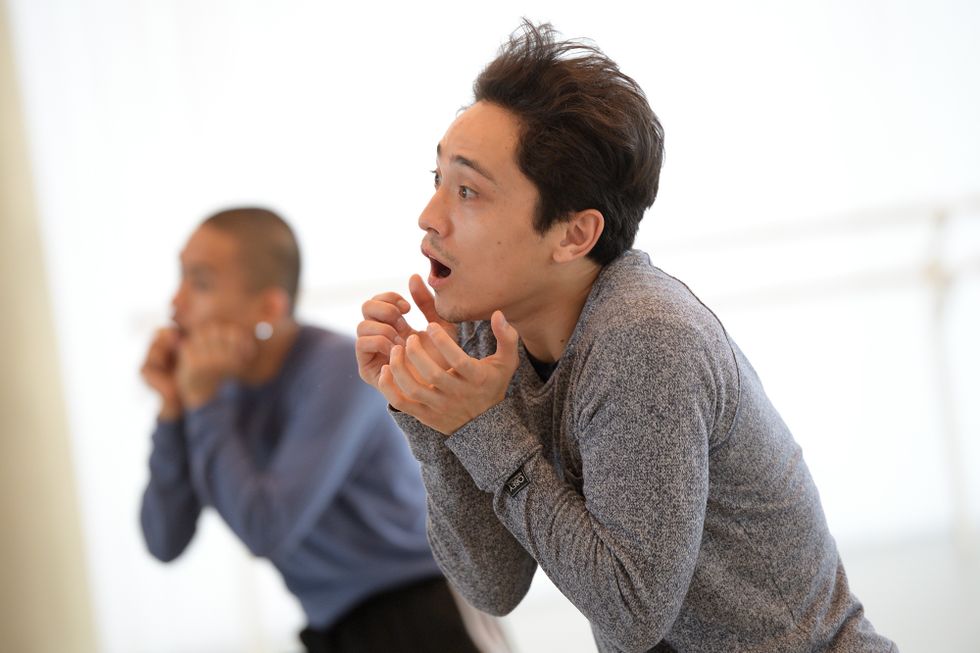
Jeffrey Cirio in rehearsal for Akram Khan’s Creature
Laurent Liotardo, Courtesy ENB
For Creature, his third original production for English National Ballet, Akram Khan plumbs the depths of the outsider. Set at a former Arctic research station, the ballet pulls from two macabre sources—Georg Büchner’s Woyzeck and Mary Shelley’s Frankenstein—to tell the story of a being who is subjected to cruel experiments. Originally scheduled for last April, Creature tours to Chicago’s Harris Theater March 18–20, and will have its long-awaited UK debut at Sadler’s Wells in Sept. 2021. ballet.org.uk.
—Chava Lansky
Pittsburgh Ballet Theatre’s Here + Now

Duane Rieder, Courtesy PBT
Staycee Pearl’s SKIN + saltwater marks the first premiere by a Black female choreographer in Pittsburgh Ballet Theatre’s 51-year history. It’s part of the company’s Here + Now program, originally slated for spring 2020, in partnership with the August Wilson African American Cultural Center. Joining Pearl’s work is the moving The Quiet Dance (2011), by fellow Steel City hero Kyle Abraham, and a reprise of Dwight Rhoden’s sleek, Paul Simon–scored Simon Said, created on the company in 2005. Apr. 8–11. pbt.org. —Steve Sucato
Flying Over Sunset
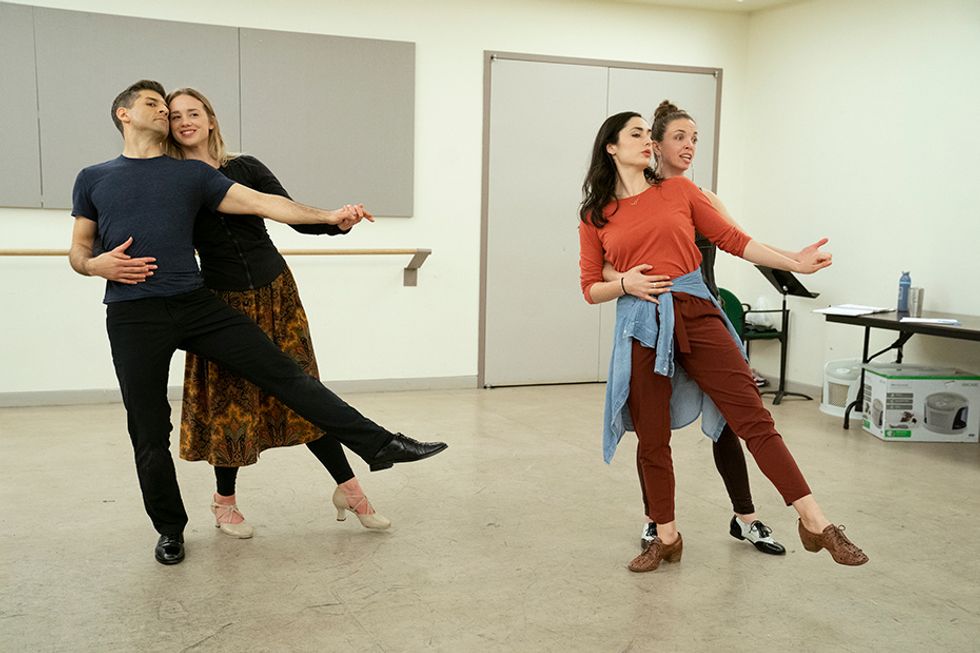
Joan Marcus, Courtesy Lincoln Center Theater
There are plenty of Tony winners in the credits for Flying Over Sunset, the James Lapine musical that takes an imaginary LSD trip with three real-life celebrities in 1950s Hollywood. But for dance fans, the chief draw will be watching Astaire Award winner Tony Yazbeck, as honorary Oscar recipient Cary Grant, tapping the choreography of Bessie Award winner Michelle Dorrance, who’s making her Broadway debut. The show was about to preview at the Vivian Beaumont Theater when the pandemic struck, and returns in spring, dates to be announced. lct.org. —Sylviane Gold
Karen Kain’s
Swan Lake
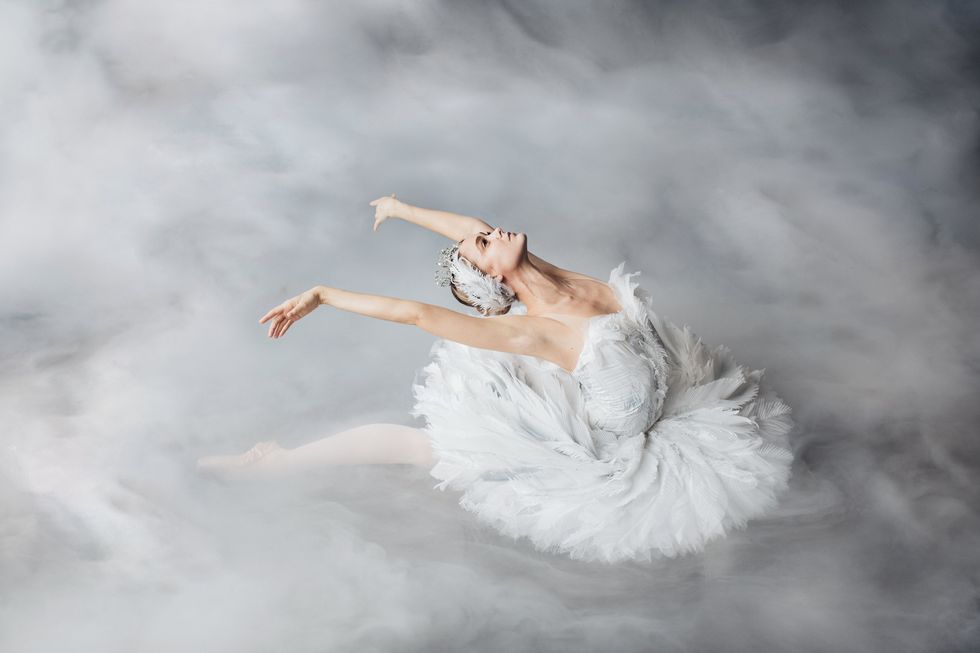
Hannah Fischer in costume for Swan Lake
Karolina Kuras, Courtesy NBoC
Since its 1877 premiere, Swan Lake has been sliced and diced every which way. National Ballet of Canada artistic director Karen Kain’s new production follows a traditional path, finding inspiration in a much-loved 20th-century version for the company by Erik Bruhn; but the pacing, technical challenges and look—including ravishingly evocative costumes by Gabriela Týlešová—are geared for today’s dancers and audiences. Originally scheduled for this past summer as the culmination of Kain’s 50th-anniversary season, the postponed production lands June 11–27. national.ballet.ca. —Michael Crabb
In the Heights
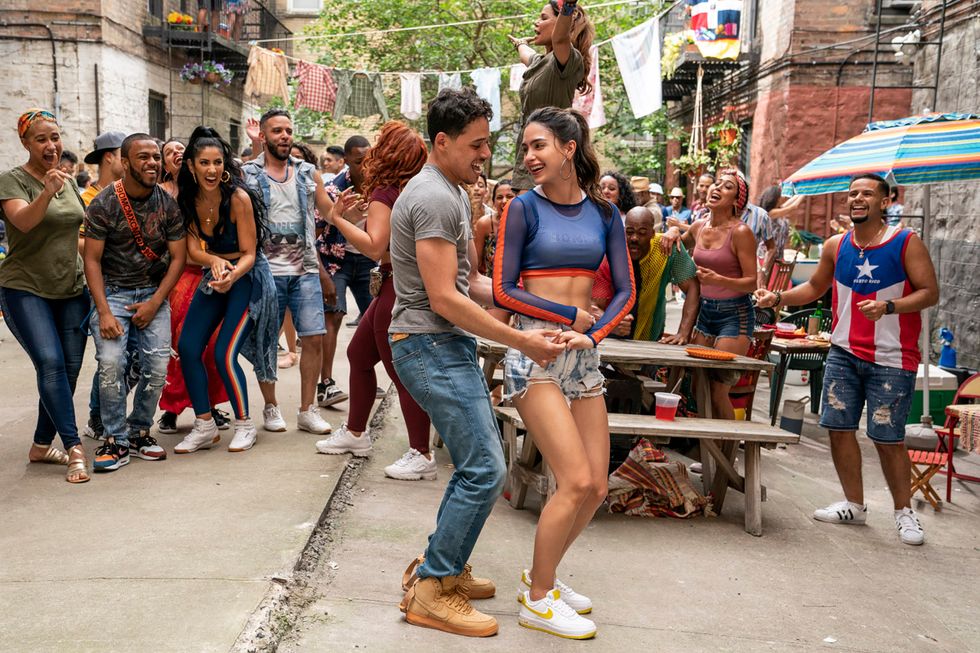
Anthony Ramos as Usnavi and Melissa Barrera as Vanessa in In the Heights
Courtesy Warner Brothers
In a world of few certainties, the In the Heights movie—based on Lin-Manuel Miranda’s beloved stage musical, starring an outstanding team of Latinx artists, featuring new choreography by Christopher Scott, and fully filmed before the pandemic—feels like a sure bet. [Cinema] lights up on Washington Heights: June 18. warnerbros.com. —Margaret Fuhrer
